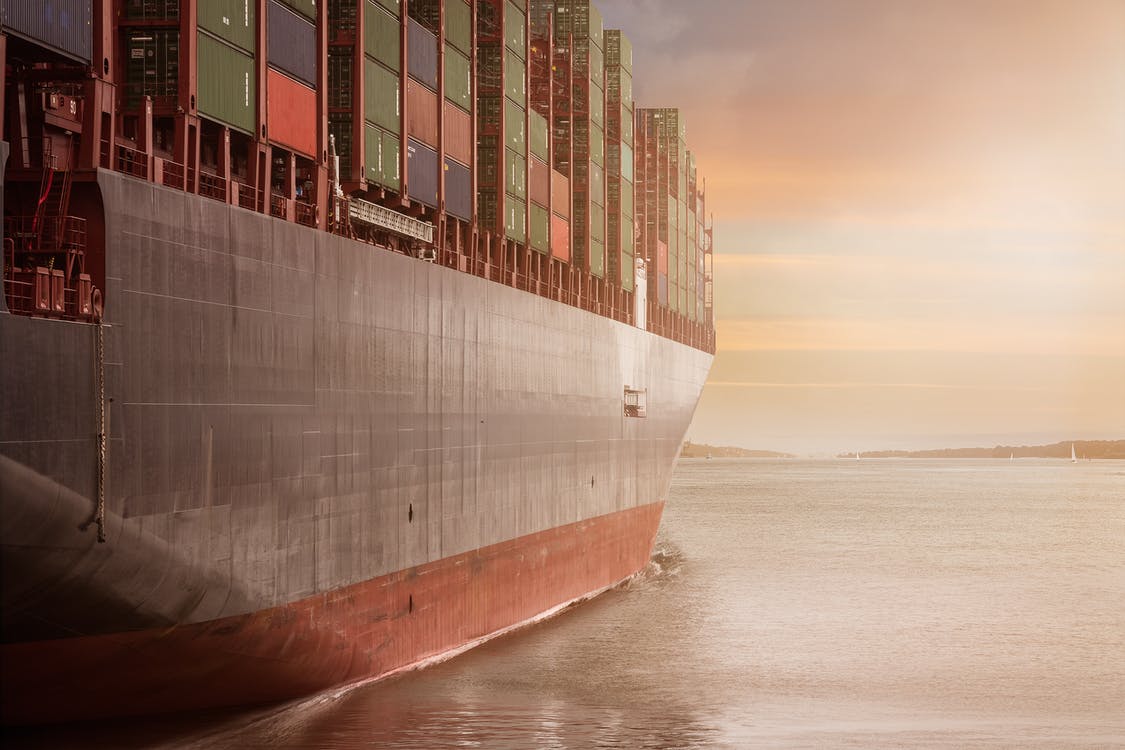3 Ways To Ship International Freight
International trade is the backbone of the global economy. This system of exchange occurs within relationships of producers and consumers. Nations with manufacturing-based economies export their products to countries with service-centered economies. The later get the products they desire and the former get much needed income. International freight shipping makes this essential trade possible.
Most international trade consists of transporting consumer goods across borders and oceans by plane or cargo ship. The remainder is carried out by trucks and trains. Choosing which method to use depends on several factors including the destination, the size and weight of the freight and how quickly the sender wants the good delivered.
By Sea
Shipping freight by sea is among the oldest methods of transporting products across long distances. Pound for pound, it is also the most efficient. Most non-commodity goods are delivered via cargo ships that are able to hold over 20,000 twenty-foot equivalent units (TEU). Most containers are standardized to be 2 TEU or 40 feet long, which can be loaded onto waiting railcars or tractor trailers at the port.
Maritime shipping is the least expensive way to transport freight internationally, but it is also the slowest. Most of the traffic goes to and from North America, Europe and the Asia-Pacific. A large amount of crude oil also leaves the Gulf States in tankers bound for ports all over the world.
Cargo ships can cross the Atlantic in a week but traveling from the East Coast of the US to China could take as long as five weeks. Storms and rough seas can make these voyages even longer. Therefore, shipping international freight by sea should be reserved for heavy cargo and items that aren’t time-sensitive. New England Cruises are great for a leisurely tour of the Northeast, Iceland and Greenland.
By Air
Transporting goods on airplanes began in the late 1920s, but really took off after WWII. Since then, the explosion of air passenger travel and routes combined with more capable planes has made shipping by air very convenient.
Shipping freight on airplanes is almost always the fastest way to get all but the largest goods from one country to another. Furthermore, the benefits of air freight extend beyond just getting cargo from point A to point B quickly.
Companies deciding how to ship their products should take into account insurance costs, security and tracking—all of which are cheaper and easier on airplanes than on giant container ships. The lower cost of these add-ons can help offset the generally higher price of using air freight, making it a more attractive option.
By Land
Perhaps the most famous overland trade route is the Silk Road, which connected China to Europe. Today, caravans have given way to trains and tractor trailers, but the mission is the same. The laws and regulations of crossing international borders apply to sea and air freight, but they become most visible with land shipments. Land borders between countries often have customs stations and border agents who usually ask to see some paperwork and may even inspect the freight before allowing it to continue to its destination.
Some groups of nations (such as the EU) have agreed to allow the free movement of goods across member countries’ borders. These arrangements have cut down on transit times and costs, making international land freight more practical.
When businesses consider shipping options, it is important for them to remember that although sea and air freight carry the bulk of international shipments, most products are usually on a truck or a train when they reach their final destination. International freight shipping, thus, usually combines at least two forms of transportation.
The importance of international freight shipping cannot be underestimated. Much of the wealth created in the world is the result of international trade. From luxury cars to cell phones to the wheat used to make bread, international freight makes the comforts of modern life possible.

